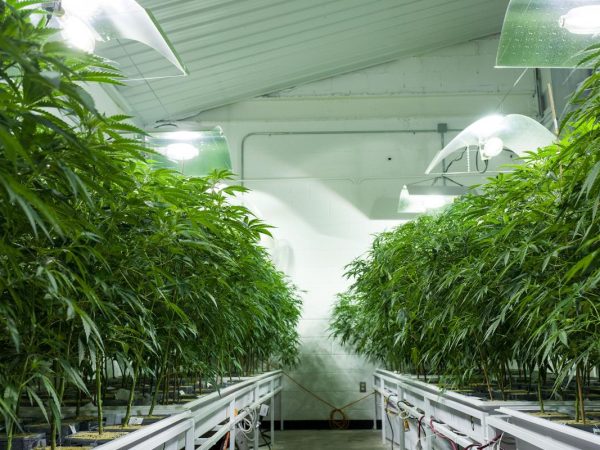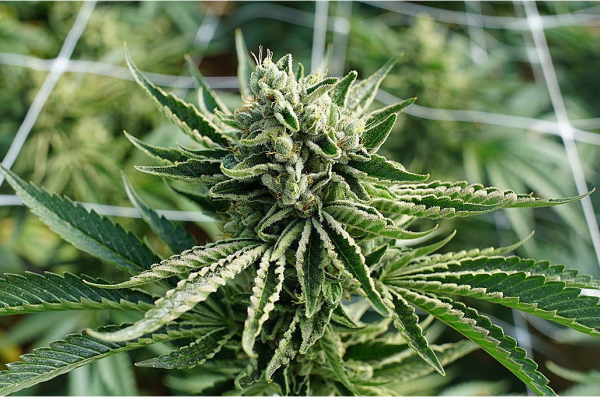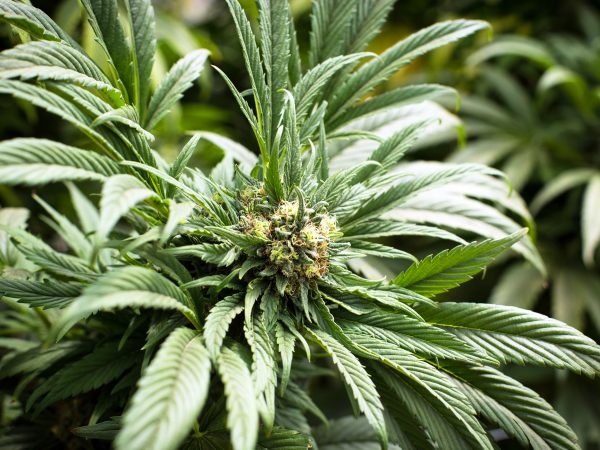Cannabis and the Endocannabinoid System: A Deep Dive
The profound relationship between cannabis and the endocannabinoid system (ECS) lies at the heart of the plant’s physiological effects on the human body. This intricate interplay, often referred to as a “Deep Dive,” reveals a fascinating connection that has garnered attention from scientists, researchers, and healthcare professionals alike.
The endocannabinoid system, a complex network of receptors, enzymes, and endocannabinoids naturally produced by the human body, plays a crucial role in maintaining homeostasis—balance within various physiological functions. It is this system that interacts with cannabinoids found in cannabis, influencing a wide array of bodily processes.
The primary receptors of the endocannabinoid system are CB1 and CB2 receptors. CB1 receptors are primarily located in the central nervous system, including the brain, while CB2 receptors are predominantly found in peripheral tissues, particularly in immune cells. When cannabinoids from cannabis, such as tetrahydrocannabinol (THC) and cannabidiol (CBD), bind to these receptors, they initiate a cascade of signaling events that modulate the activity of neurotransmitters, hormones, and immune cells.
THC, the psychoactive component of cannabis, primarily interacts with CB1 receptors, leading to the characteristic euphoria or “high” associated with marijuana use. On the other hand, CBD, a non-psychoactive cannabinoid, influences the ECS in a more indirect manner, impacting various receptors and neurotransmitter systems.
The Deep Dive into cannabis and the endocannabinoid system unveils the therapeutic potential of cannabinoids. In conditions where the ECS is dysregulated, such as chronic pain, inflammation, or neurological disorders, cannabinoids may act as modulators to restore balance. This has led to the exploration of cannabis-based medications for a range of medical conditions, from epilepsy and multiple sclerosis to anxiety and PTSD.
Beyond its therapeutic applications, the interaction with the endocannabinoid system also sheds light on the entourage effect—a phenomenon where the combination of various cannabinoids and terpenes enhances their individual effects. This synergy underscores the importance of the whole-plant approach in cannabis therapeutics.
However, the Deep Dive into cannabis and the endocannabinoid system is not without challenges. Research is ongoing to fully comprehend the intricacies of this complex system, and regulatory hurdles pose barriers to the widespread adoption of cannabis-based treatments.
In conclusion, the Deep Dive into cannabis and the endocannabinoid system signifies a frontier of scientific exploration, offering insights that could revolutionize healthcare. As our understanding of this intricate relationship deepens, so too does the potential for harnessing the therapeutic benefits of cannabis in a more targeted and effective manner.








